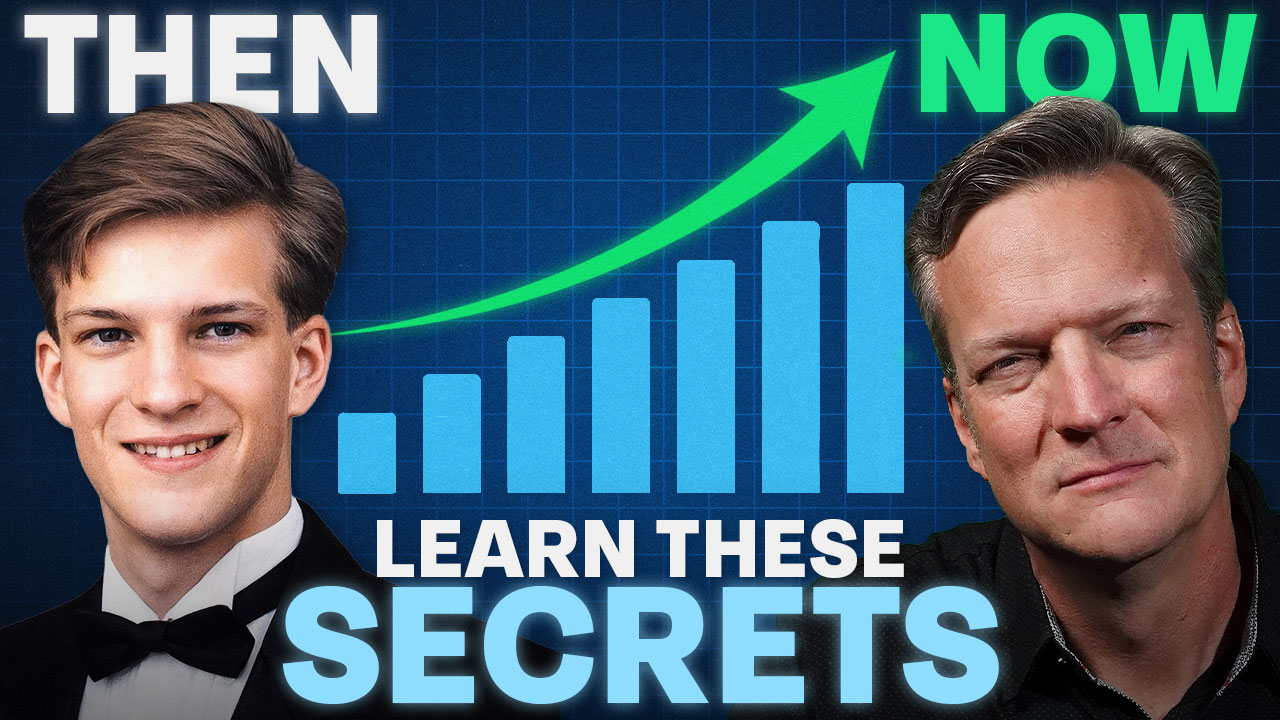We have a question, should a financial mutant consider rebalancing more when they are in Step 7 of the
Financial Order of Operations? Does it matter when or why you should rebalance? I kind of like that you framed this about where in the FOO should you start to consider this. What do you guys think about that?
So here's what I think is really, really, really interesting about rebalancing that we did not talk about in the actual show, and I think it's so important. All of us, when it comes to investing, we are emotional. You hear Warren Buffett talk about the fear and greed factors, and it's really difficult when it comes to making decisions because we end up getting emotional about it. Maybe we bought that S&P and happened to buy it during the last downturn, and boy, it has done really, really well. It's been so good to us and driving our performance. The thought of rebalancing and selling it just makes us anxious, and maybe we think it still has a little bit more to go. So, maybe we postpone rebalancing this month and plan to do it next month, and then maybe we keep pushing it off. We all fall victim to this. If you're someone who invests in individual stocks, you may know this more than ever because you become emotionally attached to those stocks you buy.
The problem, Sean, that I think about with this mindset of being in Step 7, saving more, and doing what we should be more active in our portfolio is that I don't necessarily agree that activity inside a portfolio equates to better results in the portfolio. Instead of focusing on the quantity of decisions, you should be thinking about the quality of decisions you make. Just because you're in Step 7, hyper-accumulating, and your portfolio has grown larger, it doesn't mean you should rebalance more. I would even argue that if you are in Step 7 and saving 25% of your gross income, you can naturally rebalance your portfolio with your automatic monthly purchases. You can adjust the new money flowing in to ensure your portfolio stays balanced. So, I don't think you should rebalance more just because you're further along in the FOO.
I love it when we disagree because it provides a great contrast. But you're not wrong. Let me tell you something that Sean is hitting at and that we need to share with the audience. What I love about Sean's perspective is that he combines the concept of rebalancing with Step 7 of the financial order of operations, which is the hyper-accumulation step. Step 7 is also where we spend a lot of time discussing the three buckets, meaning your after-tax money, pre-tax money, and tax-free bucket. These three buckets serve different purposes in retirement. Here's what you need to consider: rebalancing and tax location.
Think about your after-tax money. That's where you keep your cash and equivalents. It's also where you'll keep your tax-favored assets like dividend holdings and capital growth assets to benefit from lower capital gains rates. Your tax-deferred bucket is where your employer match lies (until the rule changes). You can put your bonds and conservative investments there, which will pay out at ordinary income tax rates. And finally, your tax-free bucket is your Roth, where you want to maximize growth assets.
If you're rebalancing, you should consider these tax locations. This is an element that we could have added to our discussion on the content calendar. Step 7 probably creates a trigger point for rebalancing. However, things start getting complicated when you consider coordinating rebalancing with tax strategies, Roth conversions, cash flow, and retirement planning. There are many moving parts, but that's why I love that we get to do what we do for a living.
Want to know what to do with your next dollar, you need this free download:
the Financial Order of Operations. It’s our nine tried-and-true steps that will help you secure your financial future.













